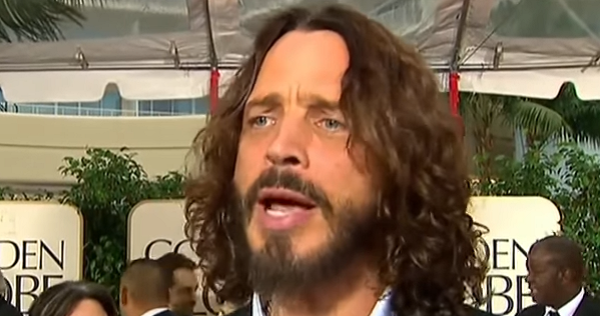
1992 was a good year to be a Seattleite.
While much of the nation was stuck with the decades old mechanized analogue technology of hardware, Microsoft released Windows 3.1 and the race was on, as the innovation of software would supersede the dial-up modem and fax foundation of the business world as the outlines of the new information technology revolution were apparent as desktop PC’s became a regular fixture in homes and offices. A local coffee company iop’d and the rest is history. Ken Griffey Jr. and Randy Johnson were proud Seattle Mariner teammates in the cozy dungeon of the Kingdome. The Washington Huskies were at the zenith of national prominence in the college football hierarchy, in sharing a national championship in dominating fashion. With the infusion of wealth from migration due to the tech industry, the population was booming and the new housing market and real estate enjoyed a substantial growth, especially in the suburbs.
As the residents adjusted to the renaissance and the idea of the city gaining a niche of relevancy on a national scale, the paradigm shift into the digital era threatened the very weathered zaniness and authenticity of the many neighborhoods patterned by 9 months per year of rain, fog and mist. Seattle would no longer be known for the Space Needle, Boeing, rain and Ted Bundy. There was an energy on the street and in all corners of the city that something big was about to happen. Thankfully, the evolution of Grunge music tied everything together and furnished the residents wary of the vast fortunes of the future and the possibility of never turning back with a unifying voice and needed perspective. Generation X was no longer allowed to exist in passivity.
Chris Cornell and Soundgarden were on the heels of their third album, the appropriately titled “Badmotorfinger”. Released in late 1991, the track skyrocketed on the charts and facilitated the band’s quantum leap of success and putting Seattle once again on the map as a fervid proving ground for artists such as, Quincy Jones, Jimmy Hendrix and Heart. Along with Soundgarden, music heavyweights Nirvana and Pearl Jam ascended to international fame as the height of the Grunge era perpetuated a cultural movement as teenagers in middle America, Japan and even the punk rockers in Soho donned flannel shirts and Doc Martens as they rocked out to the distinctively ethereal music. The evolution of Compact Disk technology as a viable recording technology in 1990 was a contributing factor in reaching a broad audience. The most amazing reality of the movement was the shear depth and talent of Seattle’s music scene (Alice In Chains, Queensryche, Screaming Trees, Gas Huffer, The Presidents of The United State, etc). While Nirvana, Pearl Jam and Soundgarden were and are global household names, there were literally dozens of bands in the region at the time which contributed masterpieces which are still alive and well in private collections and on YouTube channels.
With the tragic passing of Cornell and the untimely demise of Kurt Cobain, Pearl Jam’s Eddie Vedder is the sole living icon of the triumvirate of bands which defined an era. The beauty of Grunge is the diversity of customizable scope in reaching out to a huge, but not an overwhelming audience. Cornell captured this with a brilliance and presence that will never be forgotten.
A quarter of a century has passed when Seattle was destined to be on top of the world. Many of the venues where the artists performed have been torn down or converted to boutique establishments and the Kingdome is gone. Fortunately or unfortunately, a few of the once angry and rowdy rebels of the time have traded their manes and facial hair for executive roles in the region’s technology industry and drive luxury family SUV’s on the daily grind and commute to the office and youth sporting events. As the prosperous shadow of the tech industry looms, a few sprinkles of Grunge are noticeable in the new generation of artists now playing in the nearly extinct stages of dive bars. If that is not enough there will always be the memories captured in the rainbows of CD’s or in the thunderous quad-engines of a 747 climbing to London.
Watch: Classic Chris Cornell Interview